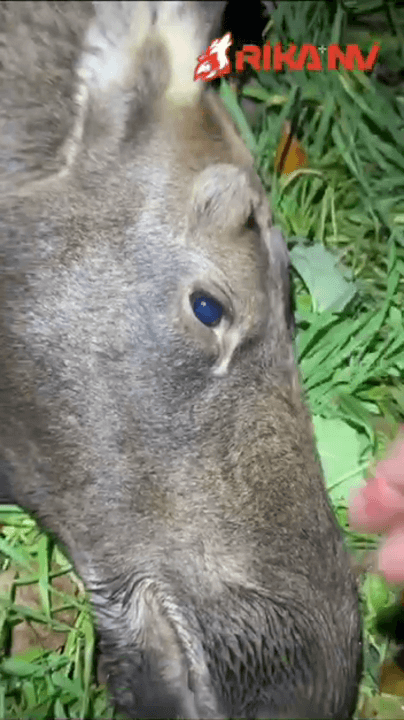
Springbok Safaris in the Free State: Flat Terrain, Trophy Rams, and Cultural Hunting Heritage Geography and Natural Features The Free State province is characterized by expansive grasslands, gentle hills, and a dry interior climate—perfect for South Africa’s national animal, the springbok. Its open plains offer excellent visibility, but the lack of cover challenges hunters to rely on stealth, long-range marksmanship, and patience. Key hunting zones include areas around Bloemfontein, Philippolis, and Bethulie, where thornveld patches and rocky outcrops provide strategic vantage points for glassing and stalking. Hunting Population The Free State is one of South Africa’s most accessible and popular plains game destinations. It draws: Local hunters, especially from Gauteng and surrounding provinces, for affordable weekend safaris International hunters from Europe and North America seeking quality game, reliable infrastructure, and professional service Its reputation as a top plains ga
Post: 21 July 19:04
















































